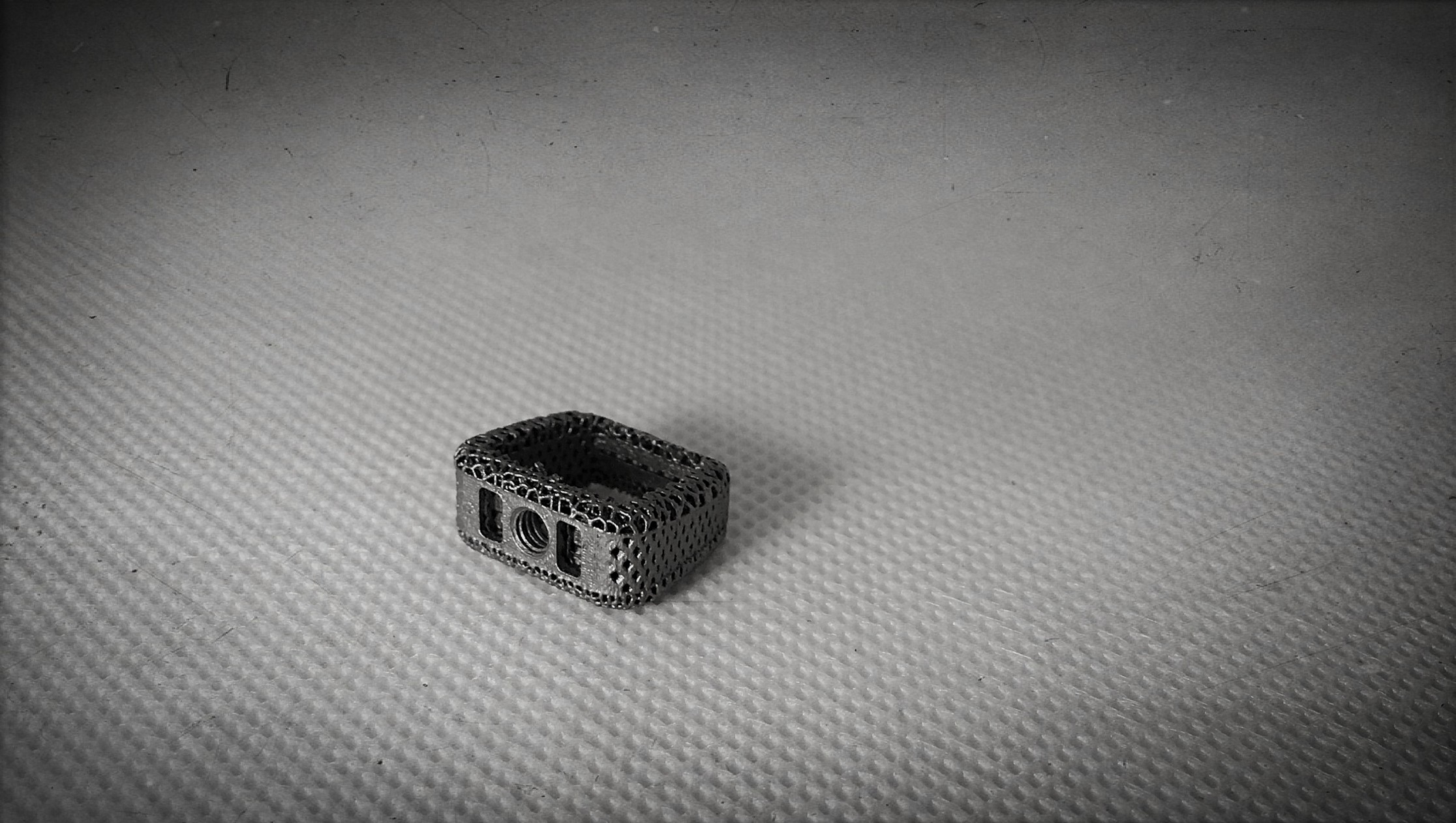Tangible Solutions, an Ohio-based manufacturer of medical devices, has validated the quality and consistency of its 3D printed titanium spinal implants. The results of this validation were published in a recent study.
“Additive manufacturing has transitioned from a prototype-only mentality to production-centric technology and as a valid production choice, it begs the question: How reliably does the technology produce a wide mixture of parts?” said Matt Shomper, Director of Engineering at Tangible Solutions.
“Setting up runs of implants in a true production environment is important to ensure consistency. This study has shown that an additive process has the ability to produce process metrics equivalent to manufacturing standards that have existed for decades.”

Assessing 3D printed medical implants
Founded in 2013, Tangible Solutions offers end-to-end management of device manufacture, using additive manufacturing. The company currently provides 3D printing, scanning, and engineering design services. As of 2016, it expanded its metal 3D metal printing capabilities with five Mlab cusing machines and one M2 cusing machine from Concept Laser.
Earlier this year, Tangible Solutions announced the expansion of its facility in Fairborn, Ohio site in order to meet the growing demand of 3D printed medical implants. Now, as part of an internal study, Shomper has analyzed the process capability of its spinal cage implants from a recent alpha launch production run that utilized an estimated 2500 parts.
“Each decision made – whether during the additive design process, setting up for downstream milling, or evaluating critical features and inspection parameters – is carefully considered,” added Shomper.

Keeping up consistency
Manufacturing on Demand
Data retrieved from the implants indicate that all dimensions of the 3D printed parts maintain tight control over repeatability. As Shomper observes, “The consistency of the process still remains.”
It is also noted that a minority of dimensions were prone to center shifting. According to Shomper, this allows the manufacturer to identify trends and adjust accordingly to keep the models as close to centered, increasing process consistency.
“A process can be ‘in control’ and produce out-of-spec parts. The process may have a high degree of repeatability and consistency but if not mean-centered on the expected tolerance all parts will fail downstream quality checks.”
“Evaluating process capability is understanding the metrics with respect to the customer requirements in terms of limits of the parameters.”
* This article is reprinted from 3D Printing Industry. If you are involved in infringement, please contact us to delete it.
Author: Tia Vialva


Leave A Comment